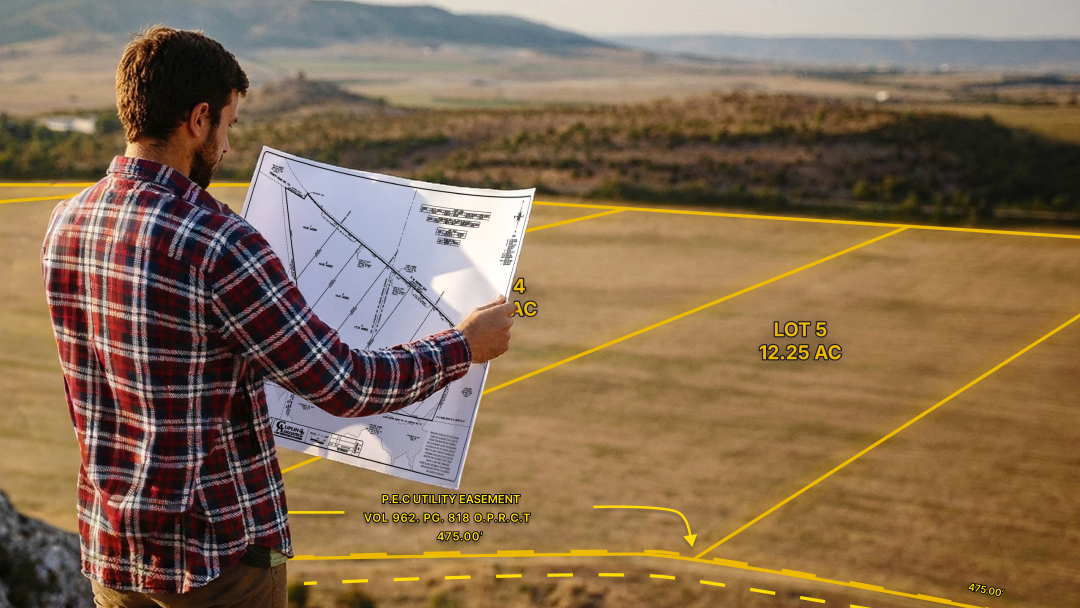A property id number is a unique identifier assigned to a parcel of land or a building for identification and record-keeping purposes. It serves as a standardized reference code to help manage, track, and access information related to a property.
Property ids are crucial for several reasons:
Definition: At its core, a property id number allows a specific property to be uniquely identified. It is essentially a name or address for a property that does not change. Even if a property is sold or subdivided, the id number remains associated with that land or building.
Purpose: Property ids enable local governments and other agencies to organize and manage property records efficiently. The id provides a way to link together tax rolls, deeds, geographic information system (GIS) data, and other information tied to a property.
Importance: Reliable property identification helps ensure activities like real estate transactions, property tax assessments, zoning enforcement, and emergency services can be conducted smoothly. Unique ids reduce ambiguity and errors when managing property records across multiple departments and databases.
Having an official property id number assigned by a local assessor or GIS department provides property owners and professionals a simple way to retrieve and validate information about a specific property. It facilitates research on each individual property’s characteristics, ownership history, comparable values, and more.
There are several main types of property id systems in use:
Tax ids
Tax ids, also known as parcel numbers or tax parcel numbers, are identification numbers assigned by local tax or assessment authorities for property tax purposes. These numbers allow jurisdictions to track, assess, and collect property taxes on individual parcels of land and any structures on them. Tax ids are location-specific and format can vary by municipality or county.
Utility ids
Utility companies assign identification numbers to properties they service to manage customer accounts and billing. Electric, gas, water, and sewer utilities will each have their own unique customer id for every property connected to their grid or system. Unlike tax ids, utility ids are tied to service providers rather than geographic location.
Plat or Parcel Numbers
These ids stem from the process of platting land, which divides property into individual parcels. Parcel numbers identify each distinct plot of land within a plat. They are assigned sequentially and can be used for legal property descriptions. Plat and parcel numbers remain with the property if it changes ownership.
Finding Your Property id
One of the most common questions when it comes to property ids is "how do I find my property's id number?".
There are a few options, ranging in difficulty and ease of access.
First and foremost, most counties and municipalities maintain public records that include property ids matched to parcel information. You can search property records by address at the county assessor's office, recorder of deeds office, or auditor's office. These records may or may not be available digitally through the county or city website as well.
Or, you can use our recently revamped Parcel Card which allows you to easily find the Parcel id of any property by following the same process; Search an address, select the parcel, and scroll down to its Parcel id.
Check out Land id with a free trial, and start getting Property ids easily!

FAQs

Continue Reading





